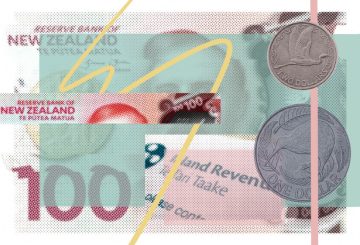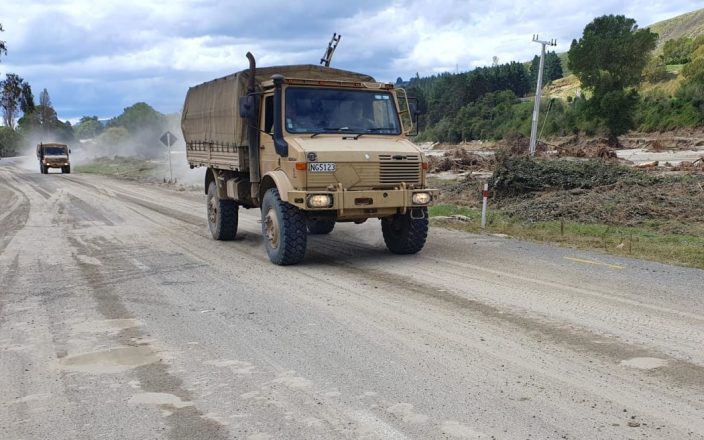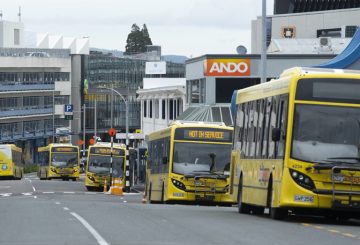Lực lượng Quốc phòng New Zealand (NZDF) đã buộc phải thay đổi các hoạt động của mình do tình trạng thiếu hụt nhân sự nghiêm trọng đang diễn ra. NZDF đã phải thay đổi quy mô phản ứng của mình trước cơn bão Gabrielle và khả năng mà nó có thể cung cấp, và nó đã buộc phải trả cho tất cả nhân sự lên đến 10.000 đô la mỗi người để giữ họ trong công việc của họ. NZDF đã thực hiện hai vòng thanh toán riêng biệt để giữ cho mọi người trong vai trò của họ và ngăn chặn dòng chảy của những người rời đi. Tỷ lệ tiêu hao cao trong hai năm qua đã có nghĩa là nó đã mất đi những nhân viên chủ chốt với các kỹ năng chuyên môn cao và được tìm kiếm mà phải mất nhiều năm để phát triển, để lại lực lượng với những khoảng trống quan trọng. Không có đủ nhân sự để điều hành ba tàu tuần tra ngoài khơi hải quân, và những chiếc P-3K2 Orions của Không quân được đưa vào nghỉ hưu sớm năm tháng vì thiếu hụt nhân viên được huấn luyện. Ba con tàu cũng bị trói tại Devonport không thể sử dụng được vì thiếu nhân viên để điều hành chúng.
NZDF đã sử dụng 10 triệu USD tài trợ của chính phủ để thực hiện các khoản thanh toán một lần $10,000 cho những người trong các ngành nghề và đơn vị mặc đồng phục “có ý nghĩa chiến lược” đã bị ảnh hưởng nặng nề bởi những người từ chức. Khoản thanh toán giữ lại đó đã được áp dụng trên ba biên chế: Lục quân, Hải quân và Không quân. Số tiền được trả theo hai đợt. Việc đầu tiên là vào tháng Hai, và lô thứ hai của $5000 sẽ được thanh toán vào tháng Năm. NZDF cũng đã quyết định mở rộng sáng kiến cho tất cả nhân sự lực lượng chính quy và thường dân để giảm tỷ lệ tiêu hao.
Cảnh sát trưởng Không quân Quốc phòng NZDF Kevin Short cho biết thợ ống nước, thợ điện, thợ mộc, Lực lượng đặc biệt, các chuyên gia đẩy hải quân, và các nhà quản lý trung bình chỉ là một số trong những ngành nghề quan trọng nhất trong lực lượng. Ông hy vọng các khoản thanh toán có thể thu hút mọi người ở lại, nhưng ông nói rằng có thể mất đến bốn năm để đào tạo mọi người thay thế các vai trò quan trọng đó. Mức độ người bỏ cuộc cao không chỉ ảnh hưởng đến các chức năng cơ bản của quân đội mà còn làm tổn thương khả năng ứng phó trong tình trạng khẩn cấp, như cơn bão Gabrielle.






























































